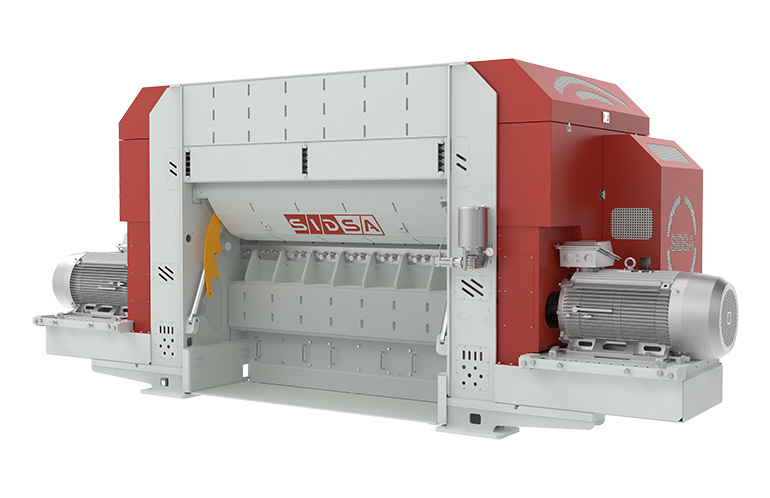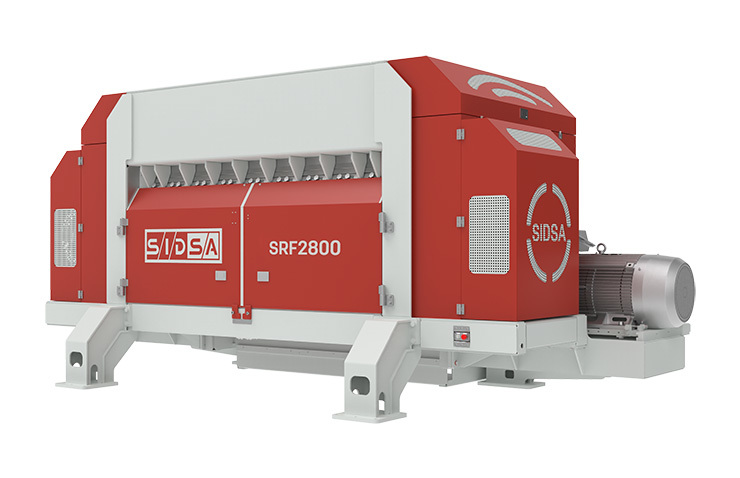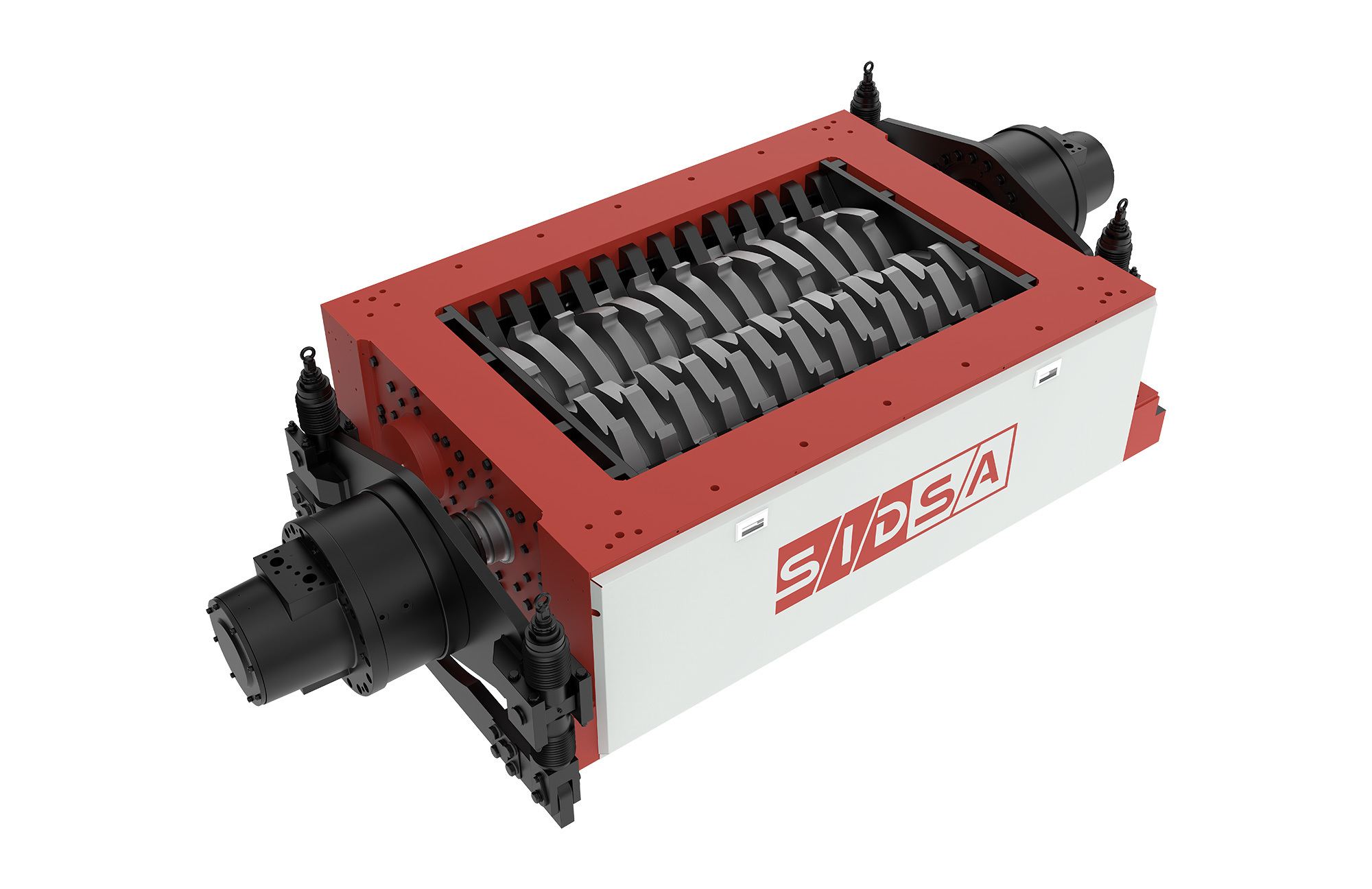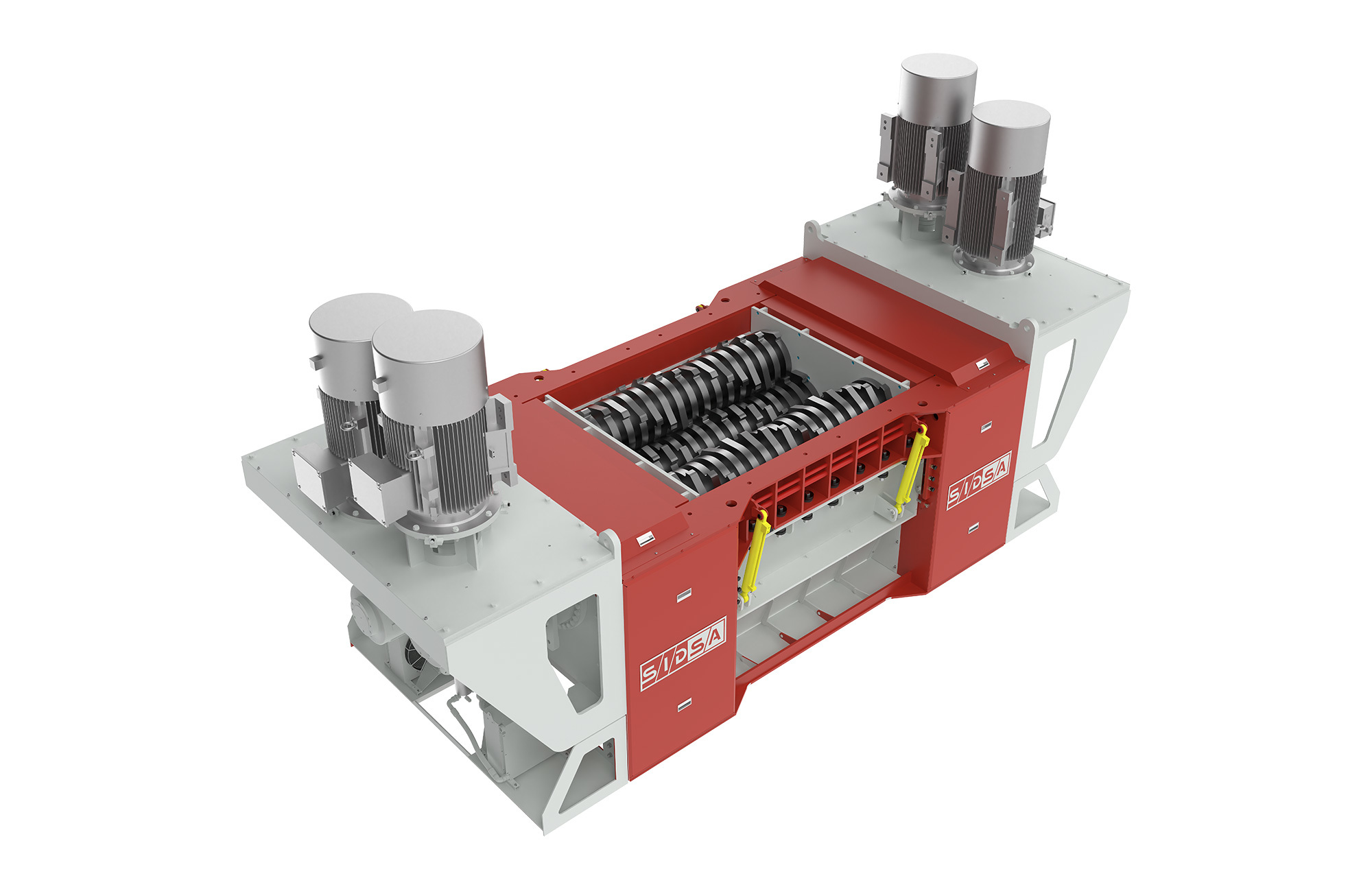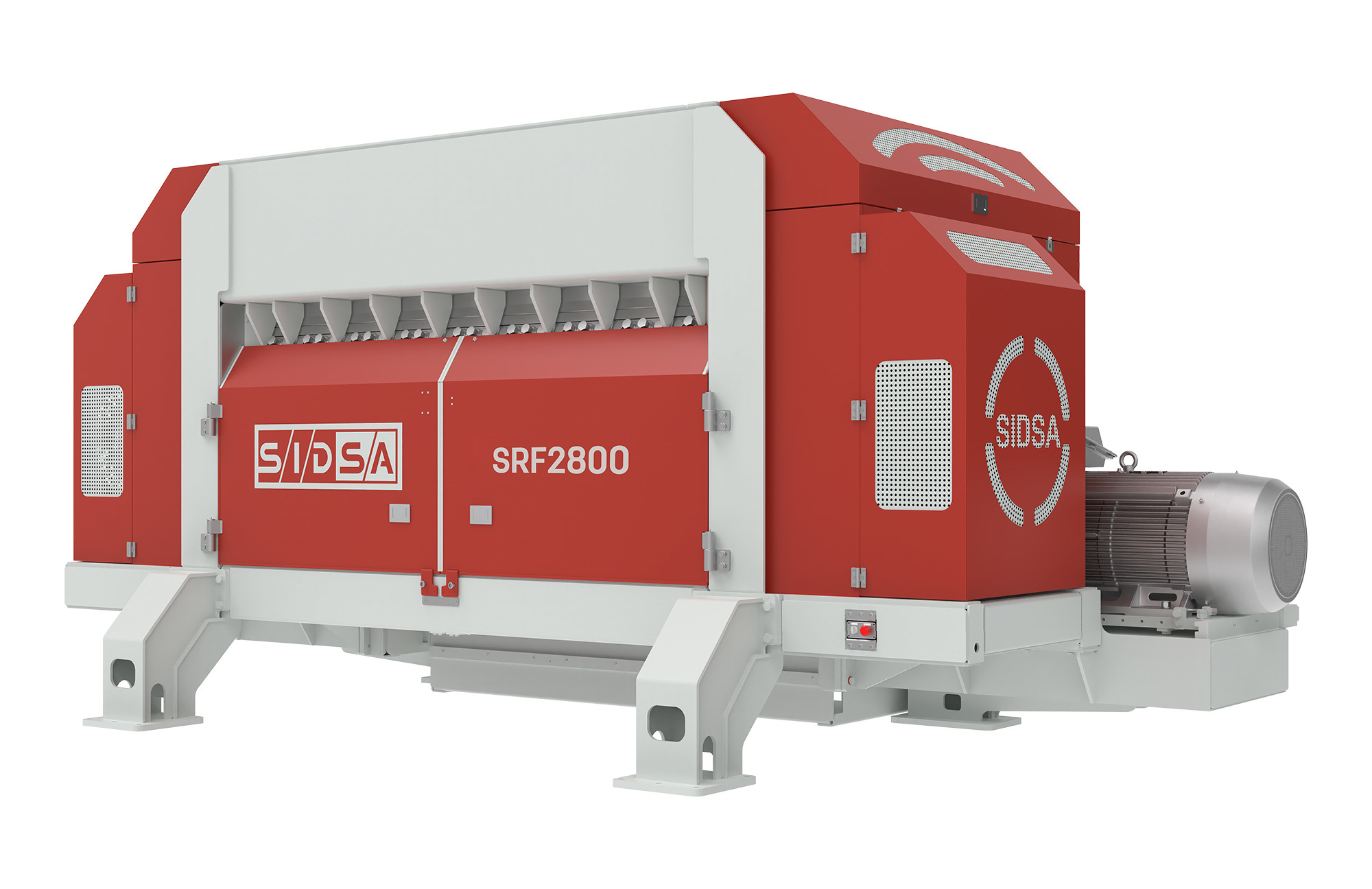Understanding the Role of Primary Shredders in Municipal Solid Waste Processing
Release Time:
Apr 19,2025
The management of municipal solid waste (MSW) poses a significant challenge for cities worldwide, necessitating efficient and effective processing methods. One of the critical components in the waste management chain is the primary shredder. This machinery plays a vital role in reducing the size of waste materials, making them easier to handle, transport, and process further.
Primary shredders are designed to process a variety of materials, including organic waste, plastics, metals, and textiles, which are typically found in municipal solid waste streams. By breaking down large and bulky items into smaller pieces, primary shredders facilitate subsequent handling and processing stages. The reduction in size not only aids in optimizing space in landfills but also enhances the efficiency of recycling operations by enabling easier separation of recyclable materials.
The operation of a primary shredder involves powerful blades that slice through waste materials. These blades are often configured in various designs to accommodate different waste types, providing versatility in processing. The shredding process helps to liberate recyclable components from non-recyclable materials, significantly contributing to resource recovery efforts. Furthermore, by reducing waste volume, primary shredders help to manage landfill costs and decrease the environmental impact of landfilling.
In addition to size reduction, primary shredders can also improve safety in waste processing facilities. By minimizing the size of waste materials, the risk of accidents and hazards associated with handling large or sharp objects is reduced. Moreover, the efficient processing of waste helps to ensure compliance with environmental regulations, as smaller waste particles are less likely to cause issues during transportation and disposal.
The integration of primary shredders in municipal solid waste facilities can lead to more sustainable waste management practices. By diverting materials from landfills and promoting recycling, these machines contribute to the circular economy, where waste is seen as a resource rather than a liability. This shift in perspective encourages a more responsible approach to waste management, fostering innovation and investment in advanced recycling technologies.
In conclusion, primary shredders are indispensable in the municipal solid waste processing landscape. Their ability to reduce the size of various waste materials not only enhances the efficiency of waste management operations but also promotes recycling and sustainability. As cities continue to grapple with increasing waste volumes and environmental challenges, investing in robust shredding solutions will be crucial for developing effective waste management strategies. Understanding the role of primary shredders will empower stakeholders to make informed decisions that align with their sustainability goals.
Primary shredders are designed to process a variety of materials, including organic waste, plastics, metals, and textiles, which are typically found in municipal solid waste streams. By breaking down large and bulky items into smaller pieces, primary shredders facilitate subsequent handling and processing stages. The reduction in size not only aids in optimizing space in landfills but also enhances the efficiency of recycling operations by enabling easier separation of recyclable materials.
The operation of a primary shredder involves powerful blades that slice through waste materials. These blades are often configured in various designs to accommodate different waste types, providing versatility in processing. The shredding process helps to liberate recyclable components from non-recyclable materials, significantly contributing to resource recovery efforts. Furthermore, by reducing waste volume, primary shredders help to manage landfill costs and decrease the environmental impact of landfilling.
In addition to size reduction, primary shredders can also improve safety in waste processing facilities. By minimizing the size of waste materials, the risk of accidents and hazards associated with handling large or sharp objects is reduced. Moreover, the efficient processing of waste helps to ensure compliance with environmental regulations, as smaller waste particles are less likely to cause issues during transportation and disposal.
The integration of primary shredders in municipal solid waste facilities can lead to more sustainable waste management practices. By diverting materials from landfills and promoting recycling, these machines contribute to the circular economy, where waste is seen as a resource rather than a liability. This shift in perspective encourages a more responsible approach to waste management, fostering innovation and investment in advanced recycling technologies.
In conclusion, primary shredders are indispensable in the municipal solid waste processing landscape. Their ability to reduce the size of various waste materials not only enhances the efficiency of waste management operations but also promotes recycling and sustainability. As cities continue to grapple with increasing waste volumes and environmental challenges, investing in robust shredding solutions will be crucial for developing effective waste management strategies. Understanding the role of primary shredders will empower stakeholders to make informed decisions that align with their sustainability goals.
What Else Might You Learn?
SIDSA focuses on technological research and innovation in the field of waste pretreatment
Product
SIDSA focuses on technological research and innovation in the field of waste pretreatment








